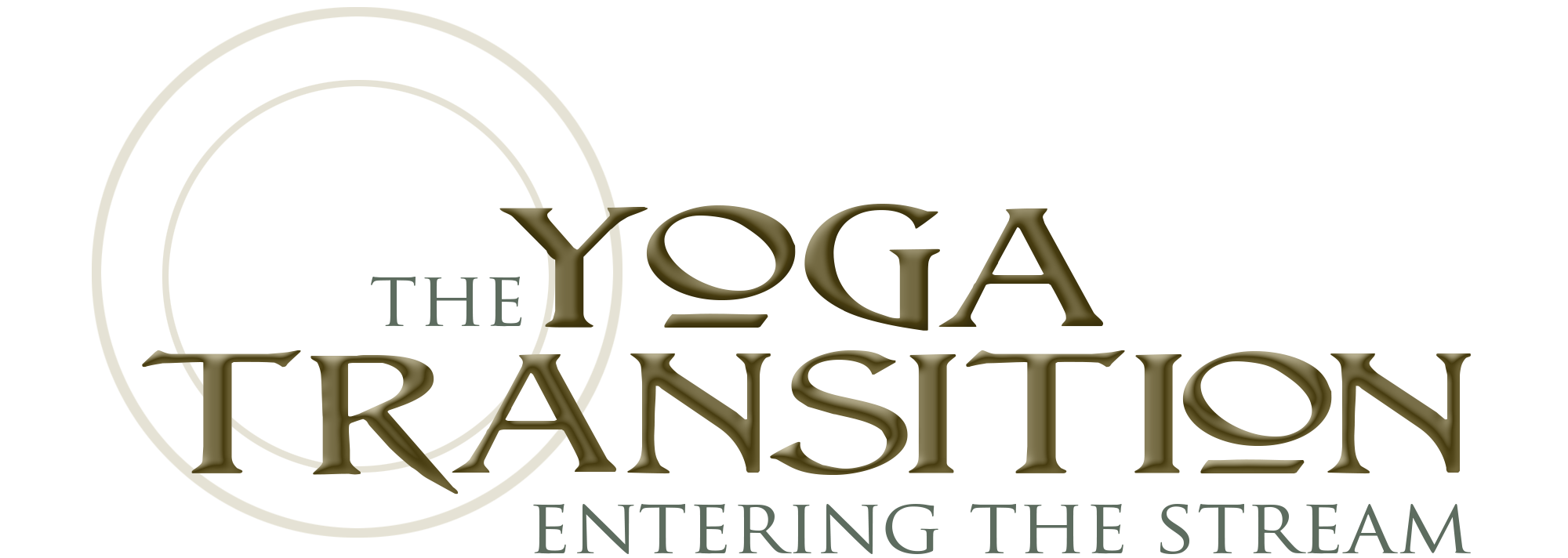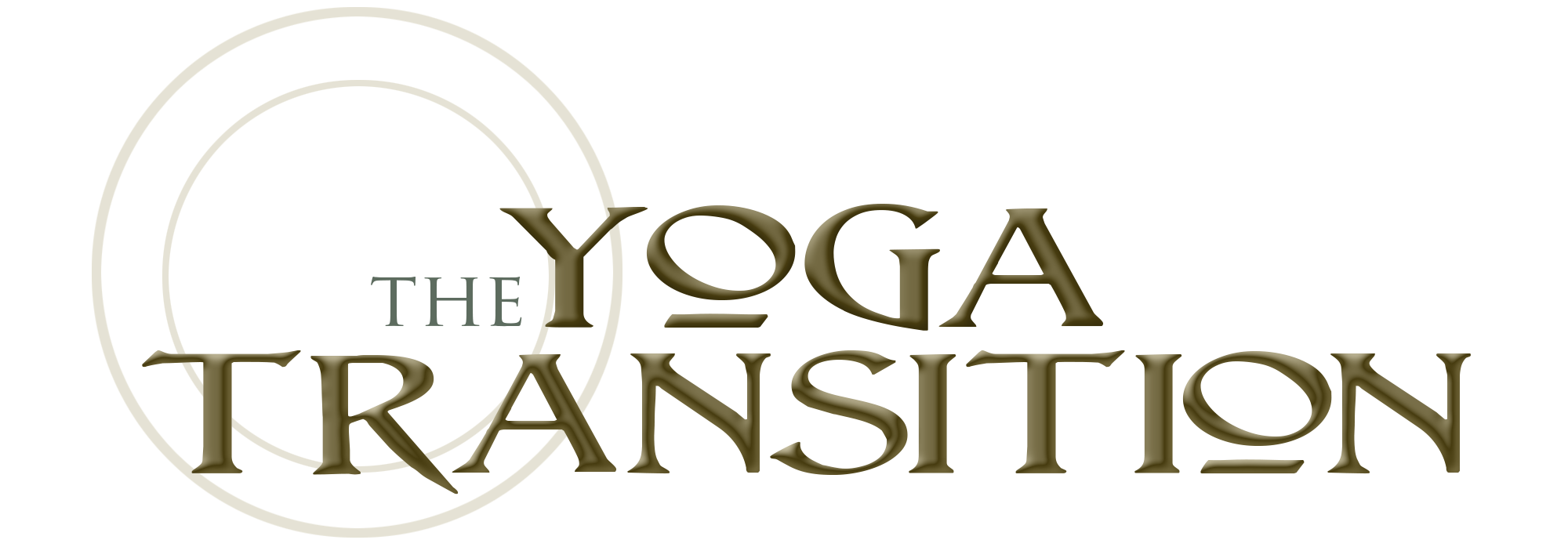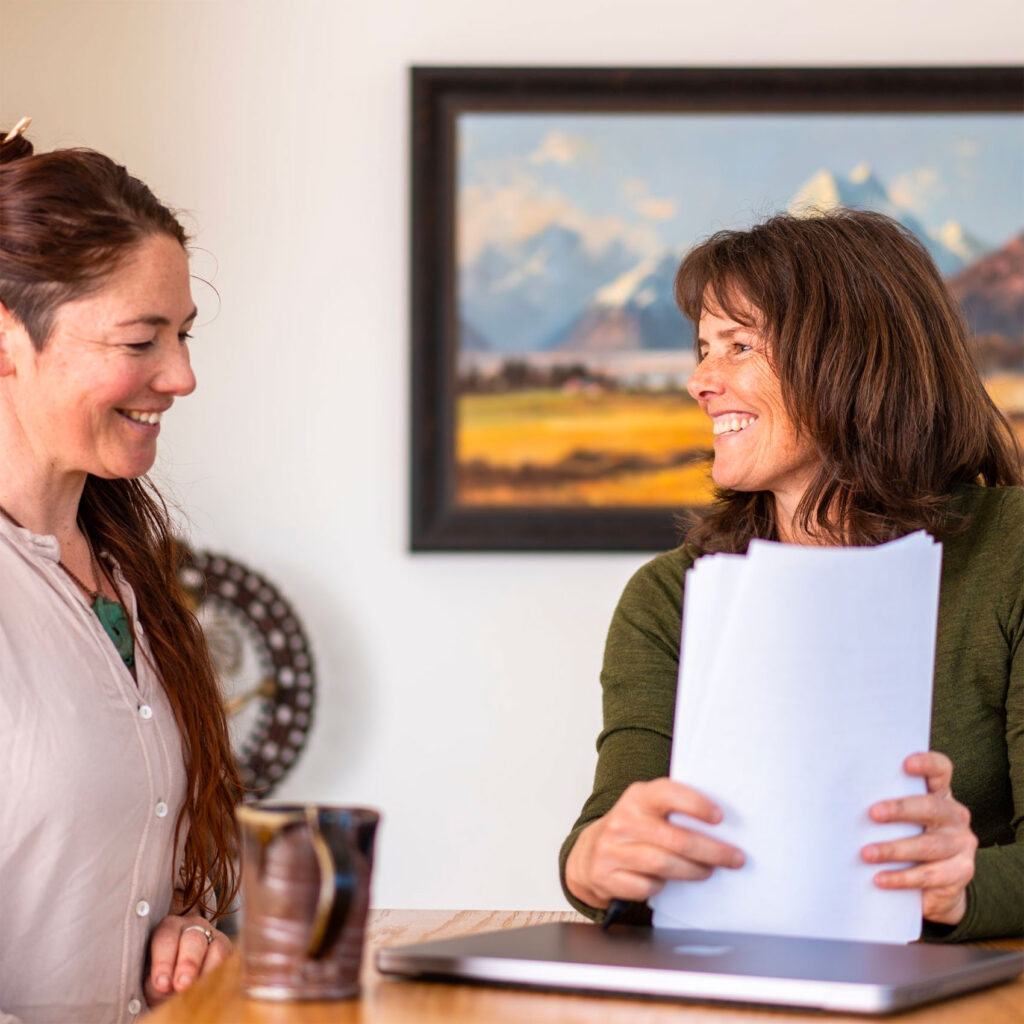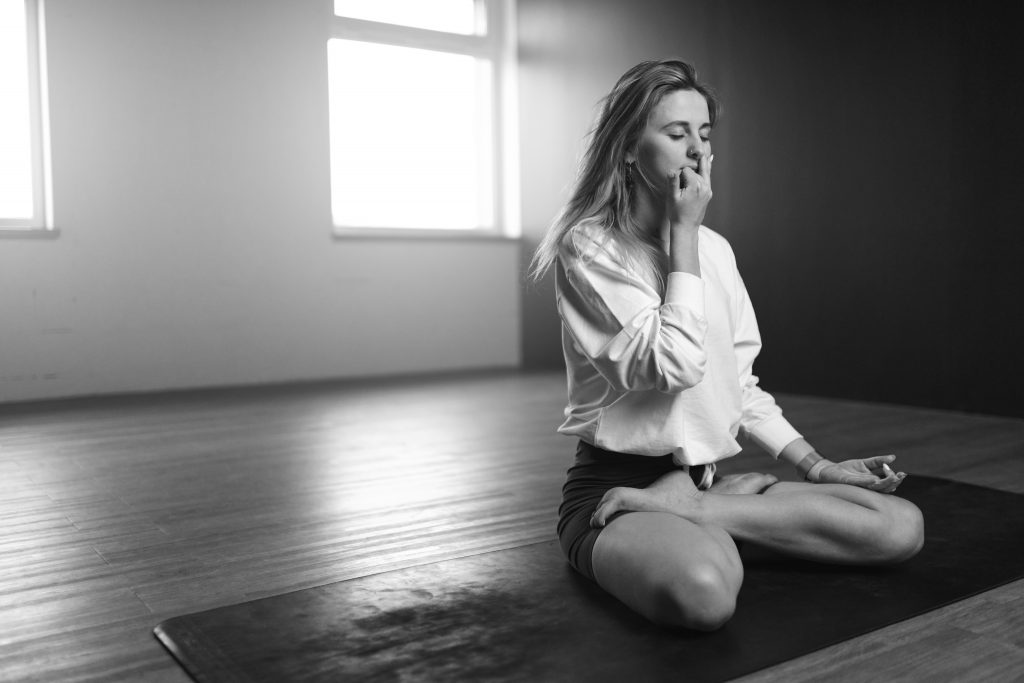
Breathing Exercises For Panic Attacks
Panic attacks can be extremely overwhelming for those affected, sometimes arising without warning and bringing with them a torrent of distressing symptoms. Thankfully, there are numerous intentional breathing exercises that can be easily utilised by those who experience panic attacks.
Breathing Exercises For Panic Attacks
These breathing exercises for panic attacks serve as effective coping tools, allowing those individuals who experience such a condition to better manage their symptoms and reduce the harmful impacts to their mental and physical wellbeing.
Yoga teachers are uniquely positioned to help students manage such a condition by educating their students about what a healthy breathing pattern looks like. One of the key characteristics of a panic attack is the feeling of being out of control. Through regular intentional breathing exercises, a student can learn breathing exercises and strategies that will empower them and significantly reduce the expectation and fear that panic attacks can induce. This is a tremendous gift that can allow someone to open to the world again.
Contact us to find out more.
How does breathing affect panic attacks?
About 80% of people have dysfunctional breathing patterns in that they hyperventilate, which means they breathe too much for their metabolic needs at that moment. When a stressor occurs the nervous system shifts to fight or flight and consequently adrenaline is released. This adrenalin causes an activation in the system which in part increases the breathing rate along with the heart rate.
If the person already has a hyperventilating breathing pattern then this adrenaline increase in the breathing rate becomes accentuated and the hyperventilating becomes excessive—the panic attack. During a panic attack, the breathing becomes rapid and shallow. Such a state can exacerbate feelings of fear and anxiety, creating a distressing, somewhat self-perpetuating cycle, which can be hard to break without direct intervention.
Benefits of yoga breathing techniques for panic attacks
There are two areas where yoga teachers can educate their students around using yoga breathing techniques for panic attacks. One is breathing exercises to do on a daily basis that will help improve their baseline breathing pattern to make them less susceptible to panic attacks. And two, breathing exercises to do while a panic attack is occuring.
By learning to control their breathing, those in the midst of a hyperventilation attack can begin to regain control over the body’s response, helping to halt the panic attack in its tracks. This is where specific yoga breathing techniques for panic attacks can make a significant difference.
Specific breathing exercises intervene by changing the breathing pattern, this directly intervenes in the snowballing hyperventilation. Once someone learns they can breathe themselves out of a panic attack, this knowledge, this empowerment becomes also a key component of finding a way out. This helps in creating mental distance from the fear and distress associated with panic attacks.
These techniques can also play a preventative role. Regular practice will improve the baseline breathing pattern that is largely responsible for the susceptibility to panic attacks. It will also lower overall anxiety levels, reduce stress, and increase feelings of control over one’s body, thereby reducing the likelihood of experiencing panic attacks.
Common yoga breathing techniques for panic attack relief
In the heat of a panic attack, simplicity is key—and so preparation for those who experience panic attacks is crucial, as choosing the right intentional breathwork method can greatly assist in managing the harm and risks caused by the onset of a sudden panic attack.
The chosen breathing exercise should be easy to remember and perform, even in a state of distress. Moreover, the technique should be calming, promoting longer exhalations, and helping to slow down the heart rate so that the practitioner can reach a state of calm.
Here are some yoga breathing exercises that can help cultivate a normal, stable breathing pattern to reduce the likelihood of panic attacks occuring:
- Reduced breathing: Nasal, diaphragmatic breaths while making the breathing volumes and rate of breathing as small as possible. This increases arterial CO2 levels which with practice will reduce the tendency for hyperventilation.
- Box breathing: By inhaling, holding the breath, exhaling and holding the breath again, each for a count of five, this technique encourages predictability and focus, helping to distract from the panic attack and bring about a sense of calm in the practitioner.
- Diaphragmatic breathing: Using to breathe with the diaphragm rather than the thoracic cavity is essential for everyone, including panic attack sufferers.
- Extended exhalation breathing: This technique involves breathing in for a count of 4 or 5 and exhaling for a longer count of 7 or 8. Extending the exhalation can help stimulate the parasympathetic nervous system and foster an enhanced sense of calm.
- Coherent breathing: Coherent breathing consists of taking five breaths per minute, which is roughly a five-second inhale and a five-second exhale. This very act can help bring balance to the body and mind, especially during a panic attack.
Here is an extremely effective breathing exercise that someone can use to breathe their way out of a panic attack:
- 2-4 exercise: Insert short pauses after each 2nd exhalation. Take two breaths then pause for 2 counts, two breaths then pause for 3 counts, two breaths then pause for 4 counts. Move back down 4-3-2 for the pauses and then repeat. At first this will be tricky to do but as the breath begins to settle these pauses will become more accessible. These pauses will increase the arterial CO2 which will dilate the airways and reduce the urgency of breath.
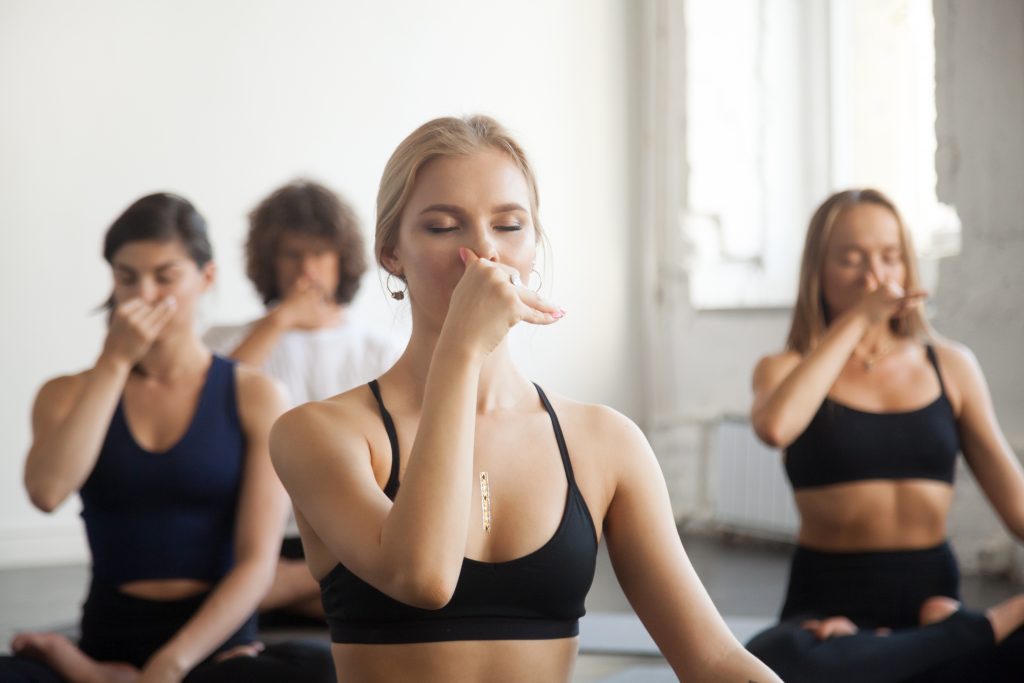

Why consider mentorship?
Mentoring with a master teacher provides you with a clear path to professional development. You will receive personalised guidance on topics ranging from your personal practice, to your teaching skills, to how to move forward with your yoga career.
Our master teacher Susan Allen has over two decades of yoga practice, teaching, and guidance, and credits her most meaningful growth to the gift of mentoring from the world-class master teachers she has been fortunate enough to study with over the years.
Susan is a trained Buteyko Method practitioner. Buteyko is the world leading breathing retraining program that helps practitioners develop a normal, stable breathing pattern. Susan shares with her student teachers important physiological knowledge learnt from Buteyko that helps to enhance and refine the yogic breathing methodology.
Susan has run multiple yoga studios, teacher trainings, immersions, and retreats, and brings all of this experience to her mentoring. Harnessing her practical and technical skillset, she understands and teaches yoga pragmatically, creating a safe and collaborative space for personal development. She disseminates what she has learnt in easy to digest modules which cover both personal and professional growth goals.
Develop your yoga teaching style with mentorship
While your teacher training may likely have touched on the principles of how to teach breathing techniques and yoga exercises to help prevent and manage panic attacks, it’s impossible to gain a deep understanding of such a varied and extensive subject in a short amount of time. Of course, the first step is to develop our own personal practice. In addition to educating how best to teach the teachers within a yoga studio setting, there are a vast number of teaching elements we help our professional yoga teacher clients develop.
At The Yoga Transition, we celebrate individuality through:
- Steering your practice and teaching in the direction that most interests you
- Encouraging you to discover your unique voice
- Guiding you to develop a teaching methodology that has both integrity and individual authenticity.
Once you have completed your initial teacher training, contact us to find out how mentorship can bring you to the next level.
